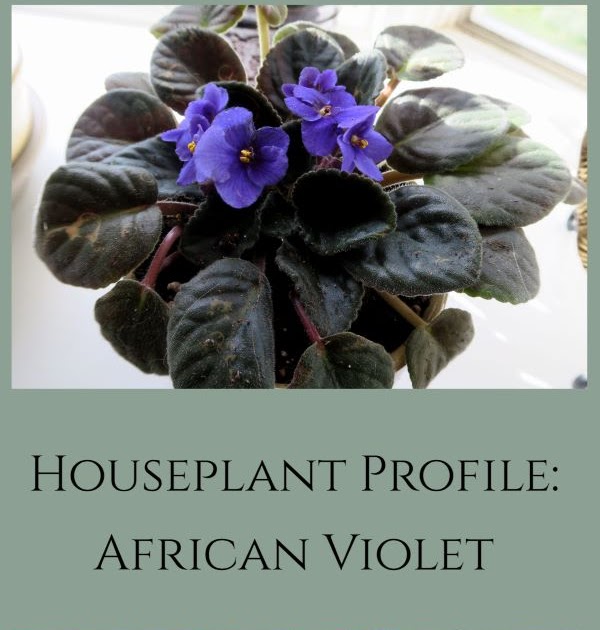.jpg) |
| This Month in the Garden: Featured Indoor Plants |
I’m welcome This month in the garden! Today we talk about the African violet (St. palaeae anantha), one of the most common houseplants in the world known for its distinct pink foliage, range of flower colors, and ease of care. goes First discovered in 1892 in the tropical rainforests of the Asambara Mountains near the Tanzanian border with Africa, the first commercial varieties with blue flowers were introduced to the market in 1927. In 1942, the first pink variety was introduced, followed by white flowers. variety, followed by the first single-flowered crown cultivated in Germany. African violets are also valued as one of the best indoor plants for air purification. These small, perennial plants have captured the hearts of plant enthusiasts worldwide.

Varieties of African Violet: African violets come in a variety of flower forms, including single, semi-double and double flowers. They feature an array of colors such as purple, pink, blue and white, offering choices to suit different preferences. Leaf shapes vary from regular (plain) to rounded to ovate, scalloped, heart-shaped, and serrated to name a few and foliage color ranges from light green to silvery, watermelon. and can be up to deep pink. on different types. African violets range in size between 2 and 6 inches in diameter depending on the specific cultivar.
Soil Type and Pot: Adequate soil is key to African violet care. A well-draining, lightweight pot designed specifically for these plants is recommended. African violets prefer to be confined to their container, so using a four- or six-inch pot is best.
Temperature, light and water: African violets grow best at room temperature, between 75 and 85 degrees Fahrenheit, and thrive in bright, indirect light, such as under a skylight or in a north- or east-facing window. Makes ideal for offices. While they prefer a consistently moist environment, overwatering can cause root rot. It is very important to water them from below or use a self-watering container to prevent water from touching the leaves. Using filtered or distilled water is best.

Propaganda: Propagation is best achieved by leaf cuttings, and rOoting usually takes four to six weeks. Choose a healthy, mature leaf, trim it, place the stem in rooting hormone and plant in a light potting mix. With proper care and patience, new plants will appear, providing an opportunity to expand your collection or share with a fellow plant enthusiast.
take care of: Although African violets are generally low maintenance, they do benefit from occasional grooming. Regular deadheading promotes continuous bloom and keeps the plant tidy. Remove any yellow or damaged leaves, and rotate the pot periodically to ensure growth. Keeping the plant’s environment clean helps prevent common problems like pests and diseases. To promote healthy growth and flowering, Fertilize regularly with a balanced, water-soluble fertilizer formulated for African violets.
Folklore: African violets are often associated with feelings of faith, love, loyalty, devotion and commitment. They are a symbol of delicate beauty and are considered a symbol of love. Flowers come in different colors, each with its own meaning. Purple symbolizes spirituality, blue symbolizes peace and royalty and pink symbolizes innocence, while white symbolizes purity. Additionally, African violets are thought to bring good luck and positive energy, making them popular as gifts to express care and appreciation. In many cultures, the African violet has been used as an amulet to promote protection and spirituality in the home.
African violets are delightful, versatile plants that bring beauty to indoor spaces. With a little attention to light, water and soil, these charming houseplants will reward you with an abundance of flowers. Whether you’re a seasoned plant enthusiast or a beginner, African violets are a great choice for adding color and beauty to your indoor space.
I hope you enjoyed This month in the garden. Be sure to stop by the 1st. and the 15th. Every month I continue to share gardening tips, information and gardening adventures!
“As always… Happy Gardening!”
Author: Lee @ A Guide to Northeast Gardening, © Copyright 2010-2024. All rights reserved.

